cast
Humphrey Bogart: Rick Blaine, born in New York.
His breakout role was in High Sierra (1941) as Roy Earle. Bogart was known to have played gangsters, starting out in Broadway productions, this could’ve influenced his casting as the film was originally a stage play – Casablanca solidified his presence in Hollywood, making him an icon to this day. “Tough without a gun” he was described. Worked with Warner Bros in the past, they were working him up to be a romantic lead, he was also on a contract with Warner Bros, they wrote the film with Humphrey in mind. This studio was known as the gangster studio, their style consisted of gritty dramas and mysteries, which is why Bogart was chosen to play Rick Blaine (also due to type-casting).

Ingrid Bergman: Ilsa Lund, born in Sweden
Ingrid began her career in Swedish and German films, that was until the English remake of Intermezzo in 1939, she continued her acting career in American films, one of them being Casablanca in 1942 which cemented her as one of Hollywood’s greatest.

Paul Henreid: Victor Laszlo, born in Italy
In 1933, Paul made his acting debut at the Reinhardt Theatre in “Faust”. He had several leading roles on stage, starring in various Austrian films before his role in Casablanca – however, unlike most this movie came as a curse rather than a blessing for Henreid, he attempted to try and play more villainous characters in order to break away from the romantic lead typecast.
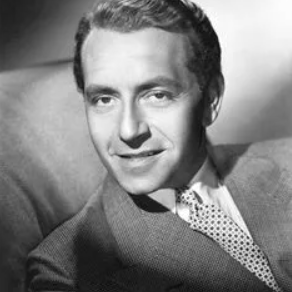
Claude Rains: Captain Louis Renault, England
Claude made his sensational film debut in the 1933 horror film “The Invisible Man”, he had been in the acting business since he was 11, mainly doing backstage work until 1911. Casablanca was a huge success for Rains as he received 4 Oscar nominations.
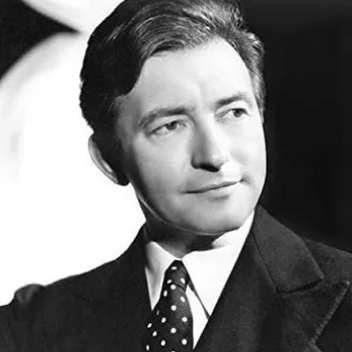
Conrad Veidt: Major Heinrich Strasser, Germany
In 1920, Veidt achieved long lasting stardom with his role of the sleepwalking murderer in “The Cabinet of Dr Caligari”, continuing to work with directors such as F.W Murnau and Robert Wiene. He was the highest paid member of the Casablanca cast.
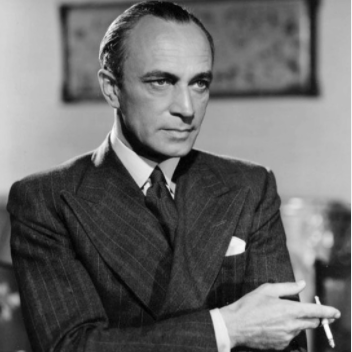
Sydney Greenstreet: Signor Ferrari, England
He debuted in “The Fat Man” in 1941 as Kasper Gutman, as well as co-starring with Humphrey Bogart in “The Maltese Falcon” 1941.
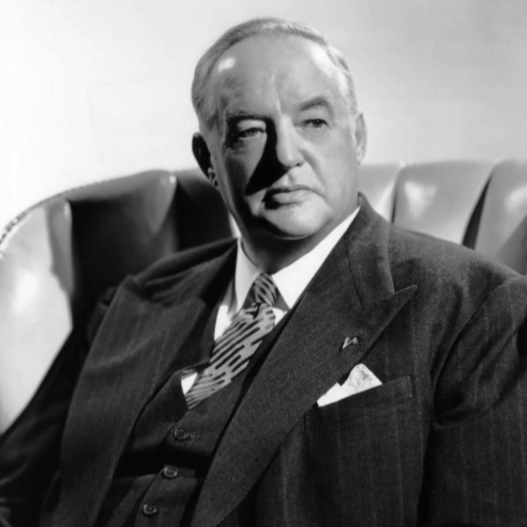
Peter Lorre: Ugarte, Slovakia
He began his stage career in Vienna, going by his birth name László Löwenstein until 1922 when he changed it to Peter Lorre, later moving onto films in Berlin until he left Germany once Hitler came into power, Lorre was Jewish.
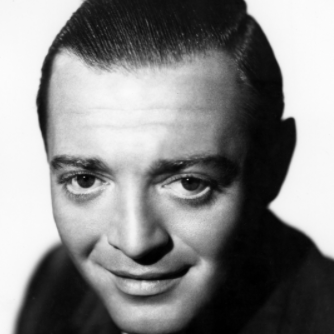
S.Z Sakall: Carl, Hungary
Despite being in the industry since 1916, his most memorable role was as the waiter in Casablanca. Throughout his career he has been cast as generally bubbly characters due to his rotund body type, Hollywood deemed that as “cute”.
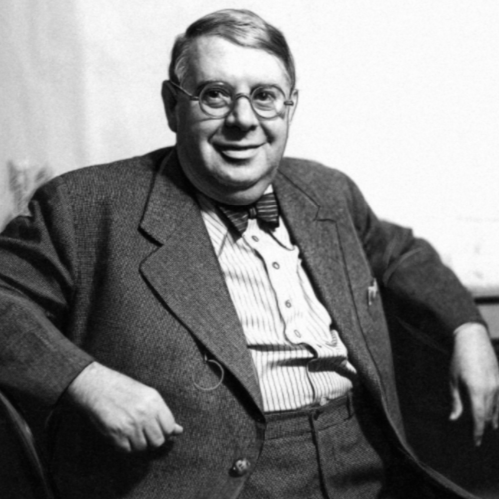
Madeleine Lebeau: Yvonne, France
Her acting career was active from 1939-1970, had an uncredited role in her first film called “Young Girls in Trouble” – 1939, June 1940 she fled from France to avoid the German invasion and into Lisbon, much like the refugees in Casablanca.
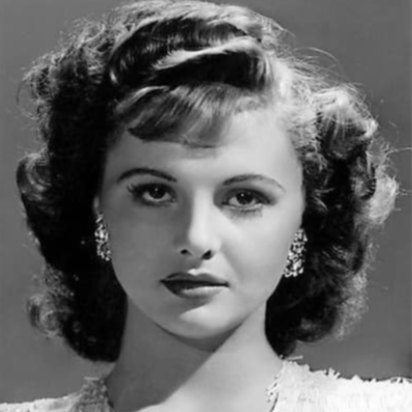
Dooley Wilson: Sam, Texas
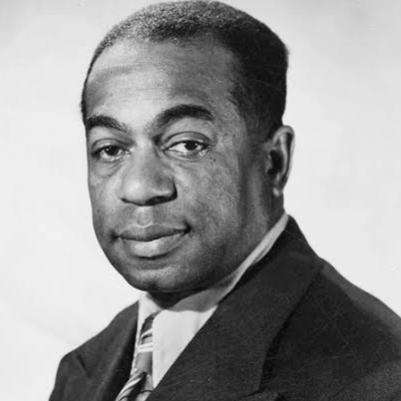
Joy Page: Annina Brandel, California
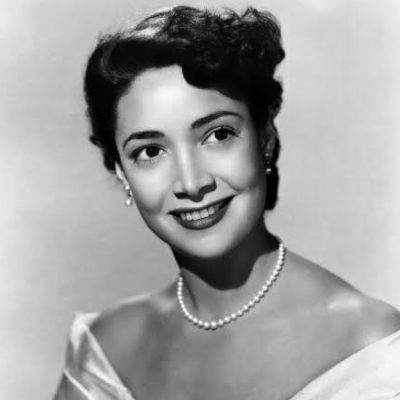
Jon Qualen: Berger, Canada
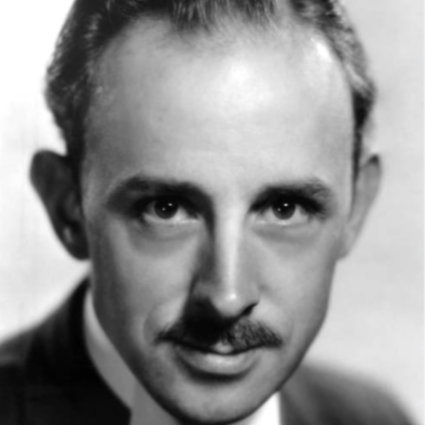
Michael Curtiz: Hungarian, Director of Casablanca
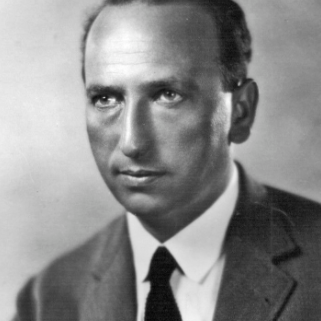
Nationalised American, made 173 films for Warner Bros. Made sure everyone was at the top of their game, all extras were immigrants of the war, Curtiz understood, had empathy, knowing hat it was like to flee your own country. Pioneered the dolly, using it to highlight emotions, such as hesitation, broke away from the usage of fixed cameras in Hollywood – choreographing the camera and actors.
H.B Wallis: American, producer.
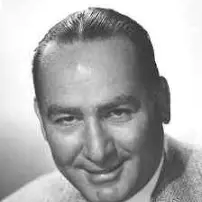
H.B. Wallis was the producer, his role was to oversee all aspects of production, claiming rights, puts together the production team and has the final say on everything e.g. script and casting.
Mise-en-scene in Casablanca
Objects such as exotic plants to give the spectator the , Moroccan panels to give the feeling of a prison. artificial sets, escapism and romance. It was not shot on location, it was all filmed in Burbank, California at the Warner Bros. Studios – however the finale was shot in a Los Angeles airport.
Editing in Casablanca
Casablanca adheres to the invisible editing style of golden age Hollywood, allowing the spectator to become immersed into the story instead of being consciously aware that they’re watching a film.
06:45 introduction to Rick’s Café Americain, meeting Rick for first time and getting to know the setting
Sound in Casablanca
Max Steiner composed the music. As time goes by was nearly cut from the film entirely, thanks to Bergman it wasn’t, ended being the theme and produced into different variations and keys, became a motif.
Aesthetics in Casablanca
The film noir style creates an artificial world , which in most cases would not be a strength, however, at this time people didn’t want to be in their reality considering that the world in the 1940s wasn’t a pleasant one.
Even though the film is in black and white, light and shadows have been utilised to create an atmosphere; venetian blinds casting shadows across Rick’s face, each time there was an intriguing or intimate moment the tone got darker – characters hidden in the shadows.
Themes and Issues
Isolationism: the policy of remaining apart from the affairs or interests of other groups – this relates to Rick’s character as in the beginning he doesn’t pick a side (allies or axis forces). He is a cynic to begin with, but by the end he becomes a sentimentalist, sacrificing his own selfish whims for Ilsa and her husband, also there’s a message of patriotism, best shown with Victor’s line, “Welcome back to the fight.”
What was America’s view on WW2? 96% of Americans opposed the idea of declaring war against the Axis powers in Europe. They used a Gallop poll. They wished to remain neutral on the matter.
Representations featured in Casablanca
Women – Drastically less females in the cast, however they do go hand-in-hand with the men, especially Ilsa as she is the driving force for Rick’s actions and personality. Mainly consisting of background roles or lovers.
Men – Abundant male cast, they all carry the narrative of the film. All authority figures are men, reflecting the gender roles of the 1940s.
Authority Figures – They’re all men, mostly army men, white, policemen.
People of Colour – Sam plays a large part in Casablanca as a pianist and singer in Rick’s café, being a close friend of Rick’s back in Paris however he is easily disposed of when Rick goes leave Casablanca.
Americans – There’s only two Americans, Sam and Rick,
Europeans – 34 different nationalities across the cast and production team. Given that there’s only two Americans in the cast, the numerous Europeans is a direct reflection of those fleeing European countries due to German occupation, amongst other things, at that time.
Political and social contexts in Casablanca
Allies: Great Britain, U.S.A, U.S.S.R (now Russia)
Axis powers: Germany, Japan, and Italy.
WW2 began in 1939, however America didn’t join until 1941 – this was due to the Pearl Harbour attack on December 7th, the script for Casablanca was sent out the day after. Whilst filming was being wrapped up, Casablanca was being invaded by American troops (Operation Torch).
France:
They’re invaded and defeated early on into the war, however the Free French continued to fight for the allied countries , they were French soldiers and generals. Vichy, France is a territory, about half of France, had its own government however they were controlled by German forces. Vichy controls Casablanca, Morocco (Morocco is part of French territory).
Operation Torch
“Captured the zeitgeist” of patriotism.
zeitgeist: a defining spirit or mood of a period in time.
From November 8th-16th 1942, Operation Torch was a compromise operation that met the British objective of securing victory in North Africa while allowing American armed forces the opportunity to begin their fight against Nazi Germany and Fascist Italy on a limited scale.
Casablanca Conference
January 14th-24th 1943, held with American president, Roosevelt and British Prime Minister, Churchill. They focused on coordinating Allied military strategy against the Axis powers over the course of the coming year. On the final day of the conference, President Roosevelt announced that he and Churchill had decided that the only way to ensure post-war peace was to adopt a policy of unconditional surrender.
The first Casablanca screening was November 26th, 1942 in New York City. Released nationally throughout the U.S.A on January 23th, 1943.
- In a pre-internet age, Americans found out their information about the world through films (movie reels) essentially a newscast, which is how they learnt about the war. Other, less impactful sources, were newspapers and radio broadcasts.
- serendipity: coincidence, by chance.
Pls correct – Curtiz was not the Producer – he was the Warner Bros ‘contract director’ who Hal Wallis hired for the job.
Wallis was the producer – I think you need a picture of him and a separate heading (additional facts are that he had managed to negotiate a contract with Warner’s Bosses to have exclusive control of a few films each year – that meant he could have his way without the Bosses interference. That’s how Wallis gets Bogart and Bergman against the more popular ‘box office’ choices the studio wanted.